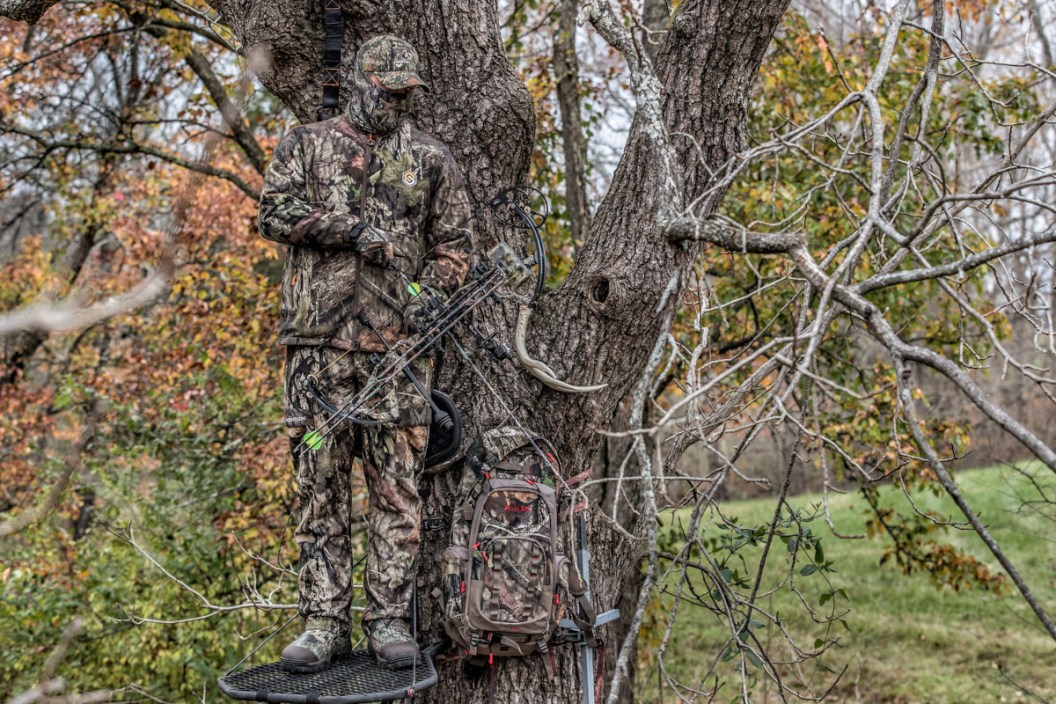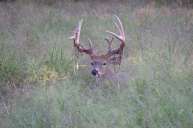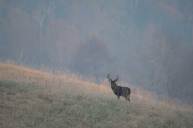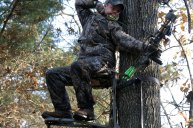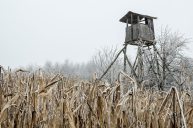More and more hunters are planting food plots and other forms of supplemental forage on their land these days. Food plots are a great way to create honey holes for your deer herd to congregate in. A lot of my success in whitetail hunting has come from hunting over a late season brassica plot, or an early season clover and alfalfa plot. But just having a lush food plot isn't enough, you need to know how to hunt it for it to matter. Too many hunters neglect that how part and it comes back to bite them later with stand sites that are upwind, or on the wrong side of the plot from where they are set up.
Fortunately, it doesn't take too much work to figure out your best placement options even though there are many factors to consider when placing your blinds and stands for the upcoming season. Being observant and thoughtful about your setups now can pay off big time once the fall and hunting season arrives. These are the lessons I've learned and implemented into my hunting over the years, and they've paid off well for me the last few seasons.
Early season setups
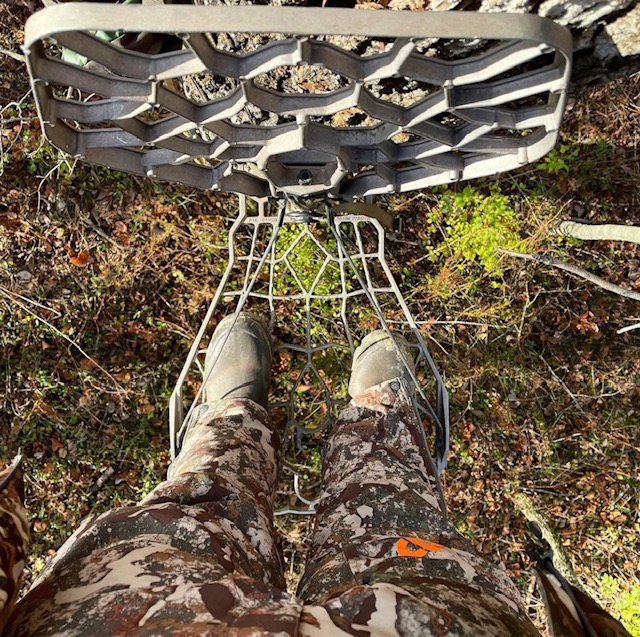
Dylan Hayward
For early season food plots, I prefer to plant something that can withstand heavy browse, such as clover or alfalfa. During the summer months and all the way up until late October or early November depending on where you're located, you can count on a large amount of deer visiting these plots. During that last segment just before the fall, the bucks will be feeding heavily to build up fat and strength for the stresses of the rut.
On early season setups like clover, searching for a tree that has cover to keep you hidden isn't too hard of a task, as the woods are filled with vegetation to conceal you. Therefore, my main focus when picking a spot to place an early season treestand is what my entry and exit routes are going to be. Slipping in and out undetected is especially crucial during the early season months as the deer will likely be bedding close by the food source.
Another factor that I pay close attention to when deciding where I will place my stands over a food plot is the prevailing wind direction. I like to position my stands so that I am downwind of the food plots that are not in the direction of bedding. While this doesn't always work out, it's a really good factor to consider when placing stands.
Late Season setups
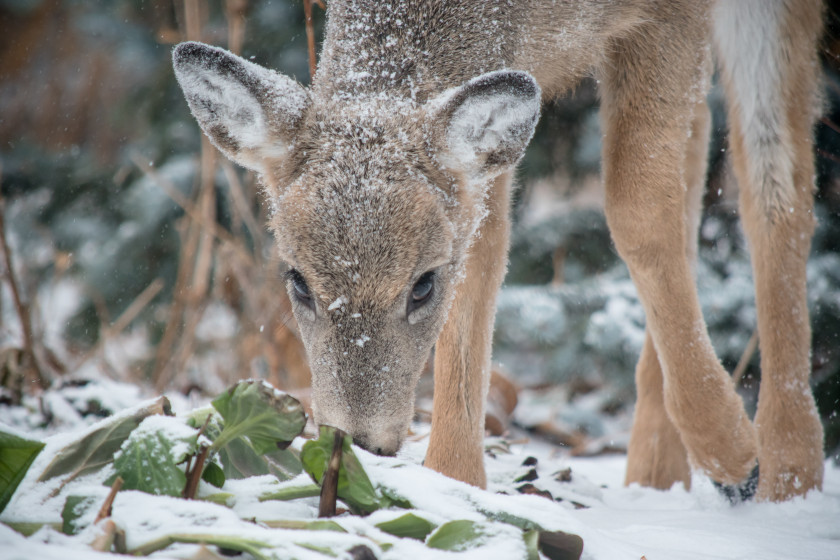
Getty Images: AHPhotoswpg
Late season can be a great time to hunt as deer tend to get back to the routine of their food habits. These patterns can become even more predictable as temperatures drop into the single digits and deer have no choice but to get on their feet and find food. This is the perfect opportunity to have a late season food plot with a variety of brassicas such as turnips and radishes, which actually become sweeter and more desirable as the temperatures drop.
Late season treestand hunting can prove to be rather difficult as the leaves fall off trees and your stand setups lack the adequate cover you had at the start of the season. This is why during late December and January, I prefer to hunt out of blinds. Not only is there more cover, but the blind will also shield you from some of the brutal weather that comes with winter.
Elevated blinds are my preferred method, but if a ground blind is your only option, they will work nicely as well. Blending in your blind to the natural habitat that your hunting is crucial. I've witnessed countless occasions where a hunter will place a brand new blind in a food plot the day of his hunt, and the deer will spot it from very far off and be spooked. I try to prepare for this by scouting my ideal blind locations before hunting season even begins, and setting up my blind so that the deer can become accustomed to it.
Some ground blinds can become extremely susceptible to weather factors such as wind and snow, so make sure to check on them frequently to ensure they are properly maintained and ready to hunt in when the time comes. Even though the seasons have changed, having an entrance and exit plan for blind hunting is still critical. If a deer spots you as you are getting in and out of your blind, it's likely that deer will be cautious of the blind every time it steps into the food plot, which as a result will alert all of the other deer. Place your blind so that you can sneak in and out undetected. Sometimes this means staying in the blind until it is pitch black because there are still deer in the field and you don't want to risk spooking them. It can be painful, but it's better to be safe than sorry.
Scouting during the offseason is something that is often overlooked. The correlation between how well you scout and how successful your season goes, is extremely strong. Going into a hunting season without a plan and without scouting is like an NFL team playing in the Superbowl without watching any game film. There's a cliché saying that goes: "If you fail to plan, then you plan to fail." While this might sound corny, it's very true.
Take the summer to scout your property, prepare your food plots, and find out where your ambush setups should be. Trail cameras are amazing at doing a lot of the work for us. Find out where your bucks are entering and exiting the field, find out where they are bedding and what time they typically come out to feed. If you compile all of this data, you can create a killer set up giving you the advantage over the deer.
READ MORE: SMART FOOD PLOT IDEAS THAT WILL MAKE YOUR LAND STAND OUT TO THE DEER
